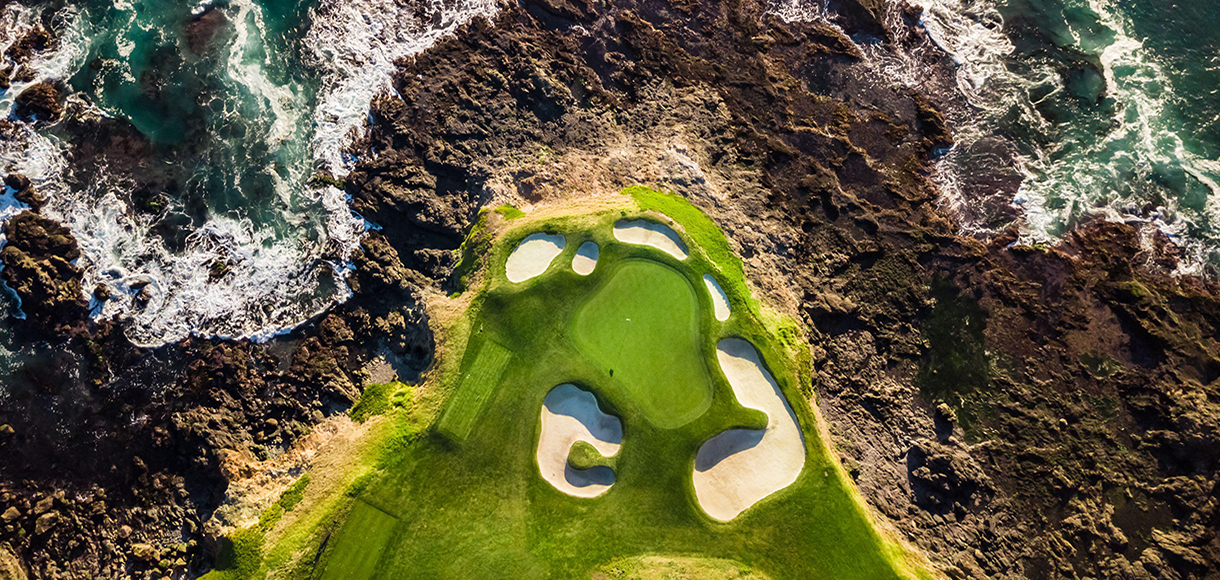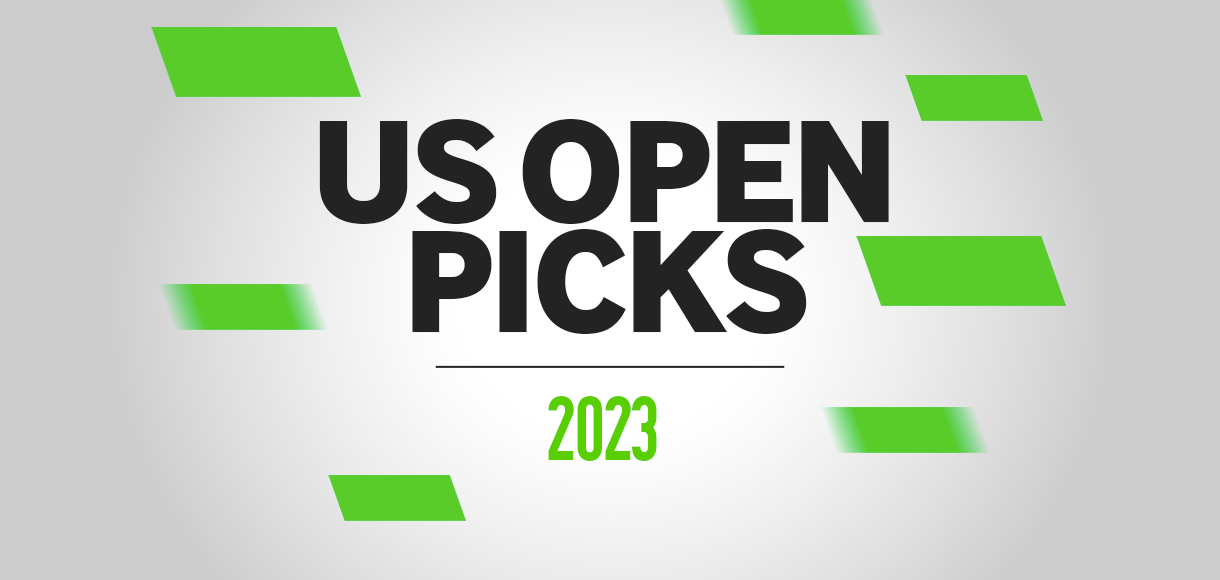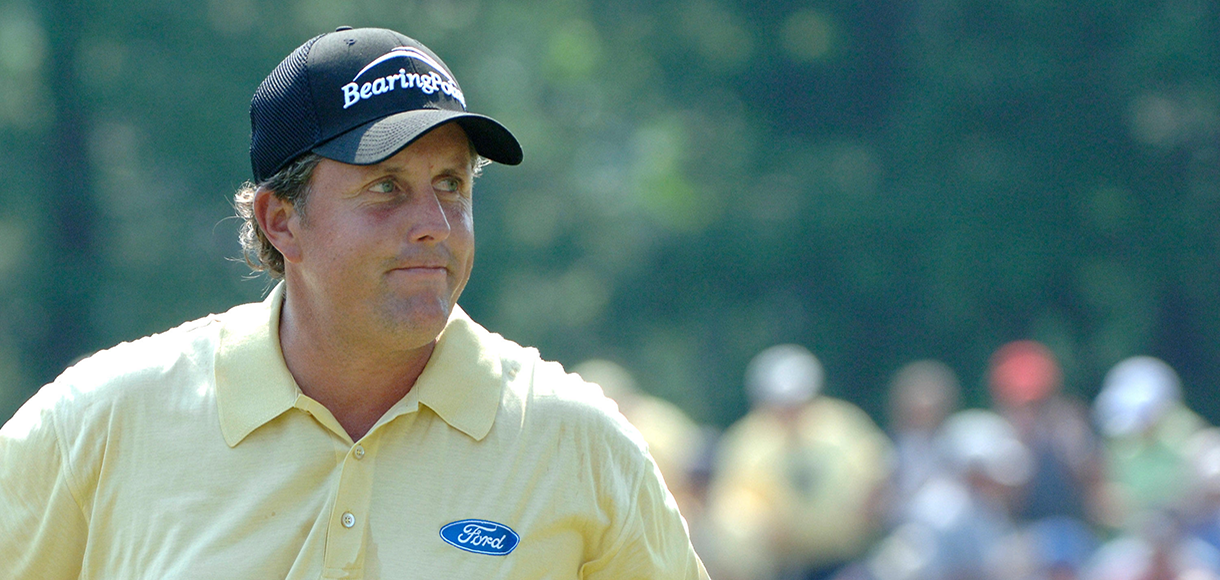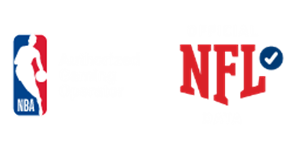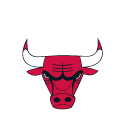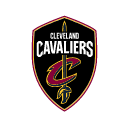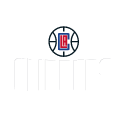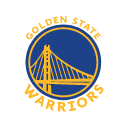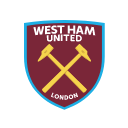The 10 biggest upsets in U.S. Open Golf history
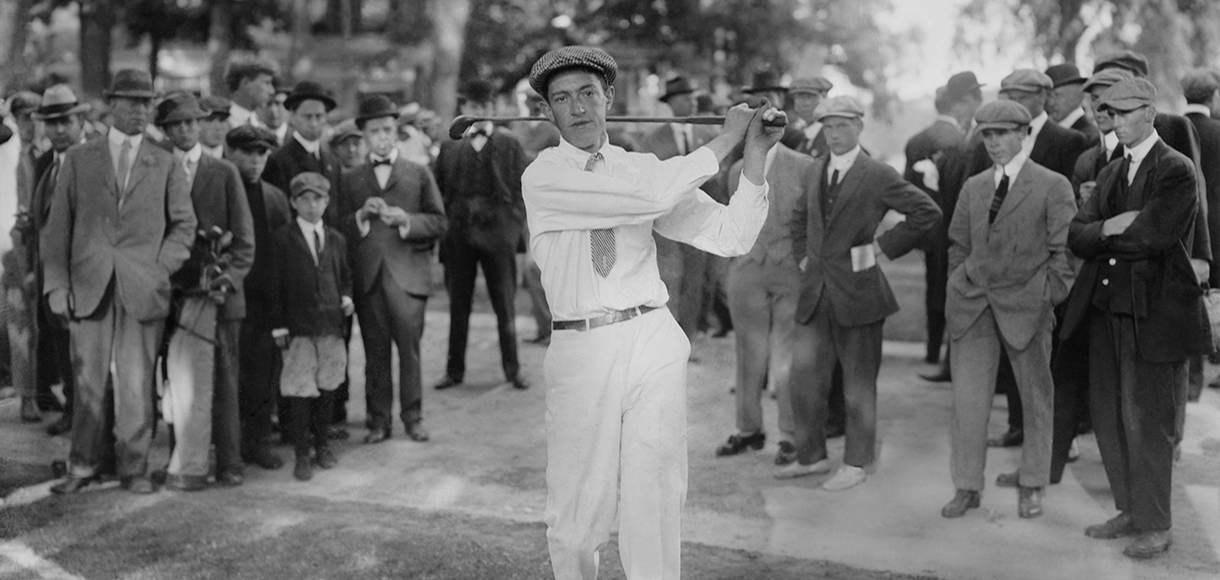 Source: Alamy Stock Photo
Source: Alamy Stock Photo
The U.S. Open doesn’t always favor those favored to win it. Many past champions were a complete surprise. We rank the 10 biggest U.S. Open golf upsets of all time.
There is relative peace in the golf universe now that the PGA Tour, the LIV Tour, and the European Tour have agreed to merge, make nice with each other, and drop all of their pending lawsuits. The over/under on how long PGA Tour commissioner Jay Monahan lasts in his job is July 4, and we recommend taking the under.
Monahan is the guy who implored his golfers to turn down the mega-millions being offered by the Saudi Arabian backers of the LIV Tour and show loyalty to the tour that has always been the gold standard for golf in the United States.
A few of the best golfers heeded Monahan’s call before waking up Tuesday, June 6, to the surprise news that a truce had been reached. And, no, they were not happy. In fact, they felt betrayed. Many of them had turned down life-altering, guaranteed money to say “no” to Greg Norman and the wealthy Saudis accused of sportswashing, and Rory McIlroy came out on June 7 to say this of the LIV defectors: “We cannot just welcome them back in.”
So golf will resemble U.S. politics for a while, which makes for an interesting sideshow in the days leading up to the first round of the U.S. Open at Los Angeles Country Club, which borders Hugh Hefner’s Playboy Mansion.
Let’s hope one of the sportsbooks places odds on how many of the 156 competitors bail out mid-tournament and head over to Hef’s home, where they are still holding a party every night, 365 nights per year. Gotta hand it to Hef, eh?
Anyway, this will be all about the golf by the time Rounds 3 and 4 are contested, and having the drama take place on the course, rather than on the interview podiums, will be a welcome relief by that time. Whether you prefer The Masters or the U.S. Open, they are the most prestigious tournaments held in America each year. Gamblers have some very lucrative choices if they believe someone other than Scottie Scheffler, Jon Rahm, Brooks Koepka, or McIlroy will emerges victorious.
Those four will be the favorites, and whether it should be considered an upset if someone else wins remains to be determined. But one thing is certain: An upset would not be unprecedented. U.S. Open upsets have happened before. With that in mind, here is a refresher on U.S. Opens that were as unpredictable as a Hollywood barbecue with both Will Smith and Chris Rock on the guest list.
Ranking the 10 Biggest Upsets in U.S. Open history
- Jack Fleck, 1955 U.S. Open, Olympic Club, San Francisco
Yes, Ben Hogan actually lost
NBC stopped its coverage before Jack Fleck won this tournament because Hogan, a four-time winner, was already in the clubhouse with a two-shot lead. But Fleck birdied the 15th and 18th to send it to an 18-hole playoff the next day. A big underdog, Fleck had a two-shot lead in the playoff turning for home, and it was three strokes after a birdie on the 10th. Hogan chipped away, and there was only one stroke between them on the 18th tee. But Fleck carded a par as Hogan double-bogeyed.
- Sam Parks Jr., 1935 U.S. Open, Oakmont Country Club
Practicing down the road
The 1935 Open was held at Oakmont Country Club in Pennsylvania, just down the road from South Hills Country Club, where Parks was a pro. Every day for a month, Parks stopped off at Oakmont to play 18 holes so he could get used to the notoriously difficult greens. Parks was the only man to break 300 and won by two shots over Jimmy Thomson. Parks three-putted just twice in 72 holes. Yes, practice makes perfect … especially when it comes to putting.
- Steve Jones, 1985 U.S. Open, Oakland Hills, Bloomfield Hills, Mich.
Opening with a 74? No problem
Tom Lehman had a tournament-best 65 in the third round to take the outright lead, and Steve Jones, who opened with 74, joined him in the last group. Davis Love III took bogey on the 17th and had a 20-foot birdie putt on the 18th that he left 3 feet short, and he missed the bogey. Lehman, tied for the lead, went into the bunker. Jones two-putted for par, and Lehman missed a 15-footer that would have forced a playoff. Jones became the first U.S. Open champion who had to qualify since Jerry Pate in 1976.
- Orville Moody, 1969 U.S. Open, Champions Golf Club, Houston, Texas
Army guy comes up big
Orville Moody was a 14-year U.S. Army veteran who gave up his military career in favor of a run at the PGA Tour in 1967. Two years later, "Sarge" came through local and sectional qualifying to earn his place in the field, and despite having never won a tournament, he found himself within a shot of the leaders at the start of the fourth round. Miller Barber’s three-shot lead vanished as he shot 8-over-par, allowing Moody to win by a stroke.
- Billy Burke, 1931 U.S. Open, Inverness CC, Toledo, Ohio
Heat wave and 72-hole playoff battle
Billy Burke and George Von Elm finished their 36-hole playoff in a tie. That meant playing 36 more holes, and Burke prevailed by just one stroke. In all, the two men played 144 holes in five days. Temperatures rose as high as 105 degrees, and the USGA changed the playoff rule as a result.
- Ken Venturi, 1964 U.S. Open, Ken Venturi. Congressional CC, Bethesda, Md.
Heat Wave II
The temperature was above 100 degrees all three days, and by Saturday’s third round, Ken Venturi was so drained that he missed short par putts on 17 and 18 as he began to suffer the effects of heat stroke. A doctor advised him not to play the final round that afternoon, but Venturi had been through too much in recent years with various injuries taking him away from the game. He had barely earned his spot in the championship. So, he draped ice packs around his neck and would later say he didn’t remember a single shot from the front nine. He took the lead for good after a birdie on 9. That was the final year the Open was contested with a 36-hole Saturday finish.
- Billy Casper, 1966 U.S. Open, Olympic Club, San Francisco.
Arnie’s collapse
Arnold Palmer held a seven-stroke lead with nine holes to play, and the only remaining drama seemed to be whether he would break Ben Hogan’s U.S. Open scoring record. However, that is not how it worked out. Palmer still led Billy Casper by five shots with four holes to play, but he bogeyed the next two holes while Casper birdied both, and the pair of two-shot swings reduced the deficit to one. Palmer left an 8-foot par putt short on 17, and the two finished in a tie. In the 18-hole playoff, Palmer actually held a two-shot lead on the front, but collapsed once more. Palmer never won another major.
- Arnold Palmer, 1960 U.S. Open, Cherry Hills, CC, Cherry Hills, Colo.
Yes, Hogan had a second upset loss
Trailing by seven shots, Arnold Palmer went out and birdied six of the final round’s first seven holes. Jack Nicklaus held the lead at the turn, but missed a 20-inch putt at 13 and three-putted 14. Ben Hogan hit the first 34 greens in regulation but spun a wedge on 17 into the water and drove into the water on 18. Palmer closed with a par on 18 and tossed his red visor high in the air in celebration. Talk about your generational epic, eh?
- Bobby Jones, 1929 U.S. Open, Winged Foot CC, Mamaroneck, N.Y.
Tough par, then a 23-stroke victory
When ranking upsets, sometimes it comes down to one putt causing something crazy to happen. Jones was up five shots coming down the stretch, but he made a triple bogey on 15. When Al Espinosa birdied 16 and 17, Jones found himself facing a 12-foot par putt on the 18th hole just to make a playoff. It wasn’t easy—a left-to-right breaker—but he nailed it. Playoffs were 36 holes back then, and the next day Jones won by 23 strokes.
- Francis Ouimet, 1913 U.S. Open, The Country Club, Brookline, Mass
Local kid has the biggest golf upset ever
In 1913, Francis Ouimet put golf on newspaper front pages by beating two giants, Harry Vardon and Ted Ray. The 20-year-old Massachusetts Amateur champion lived across the street from the 17th hole. In his first major championship, he was six shots behind after the first round but followed with rounds of 74-74-79 to force an 18-hole playoff. In rainy conditions, Ouimet shot 72 while Vardon had a 78 and Ray shot 79. The gallery was among the biggest ever in America for a golf tournament, and it was hailed as one of the biggest upsets in sports history.
Parameters of Rankings
Everyone’s rankings are different. What we went for here was the unlikely -- even if it involved some of the biggest names in golf. The common thread is the incredible things that happened on the final day of the tournament. Remember that when you are gambling on this one after the third round on Saturday, because strange things happen on Sundays at the U.S. Open, just like strange things happen on Saturday nights at Hef’s nearby Playboy mansion.
PGA Tour Odds at Betway
Find U.S Open odds and markets on the Betway sportsbook. You'll find all the latest money lines, place/finishing position bets, winning margin, nationality betting, hole-in-one, and futures. Or call it how you see it with our live golf betting in-play. All your Golf betting needs are covered at our online sportsbook.
Visit Betway’s Golf picks page for best bets and predictions throughout the season.












